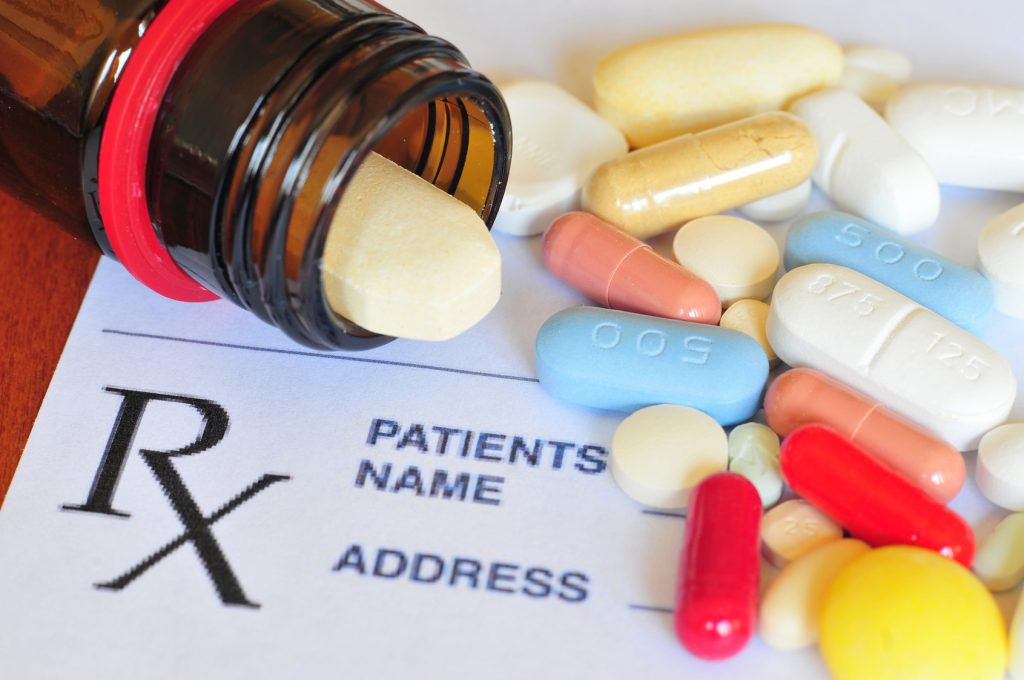Pharmacy & Biological Sciences
CategoryFDA Supports New Steps to Further Nicotine Replacement Therapy Research
Use of FDA-approved nicotine replacement therapy products may double the likelihood of a successful attempt to quit smoking.
Biopharma Seeks Balance
Biopharma companies can balance competing demands from patients, investors, and regulators by keeping their focus on the science.
FDA Forms Drug Shortages Task Force
The task force is charged with identifying the reasons why some shortages remain a persistent challenge and to look for holistic solutions to addressing the underlying causes for these shortages.
Fund Cancer Detection, Not a “Cure”
Your best weapon to defeat the beast known as cancer is early detection. So, why is funding so focused on finding a “cure,” instead of screening?
Are Doctors Bribed by Pharma? An Analysis of Data.
An in-depth look at a recent paper that explores correlational data relating opioid prescribing to opioid manufacturer payments.
Retooled Vaccine Raises Hopes As A Lower-Cost Treatment For Type 1 Diabetes
The increasing cost of Type 1 diabetes, one of the most common serious chronic diseases, has created heavy financial burdens for families, with insulin prices more than doubling in the past decade.
Fifteen Years of Progress: Biopharmaceutical Industry Survey Results
Take a look at highlights from 15 years of changes in biopharmaceutical manufacturing.
Philanthropists Are Getting Behind a New Push for Government Science Funding
Only one in four Americans believes the U.S. government’s role in funding research is irreplaceable, according to a study by ScienceCounts.
FDA Involves Patient Perspectives in Regulatory Review Process
The FDA established the Patient Engagement Advisory Committee in a move to broaden patient engagement and strengthen patients’ voice in regulatory activities.
Do Pharma’s Claims On Drug Prices Pass The Smell Test? We Found 5 Stinkers.
The pharmaceutical industry fears major legislation that would curb prices and shrink profits, and has launched campaigns against it—but how honest are their claims?






